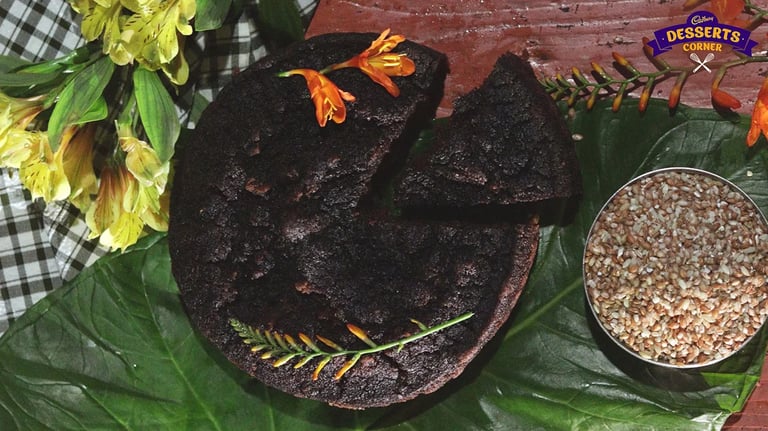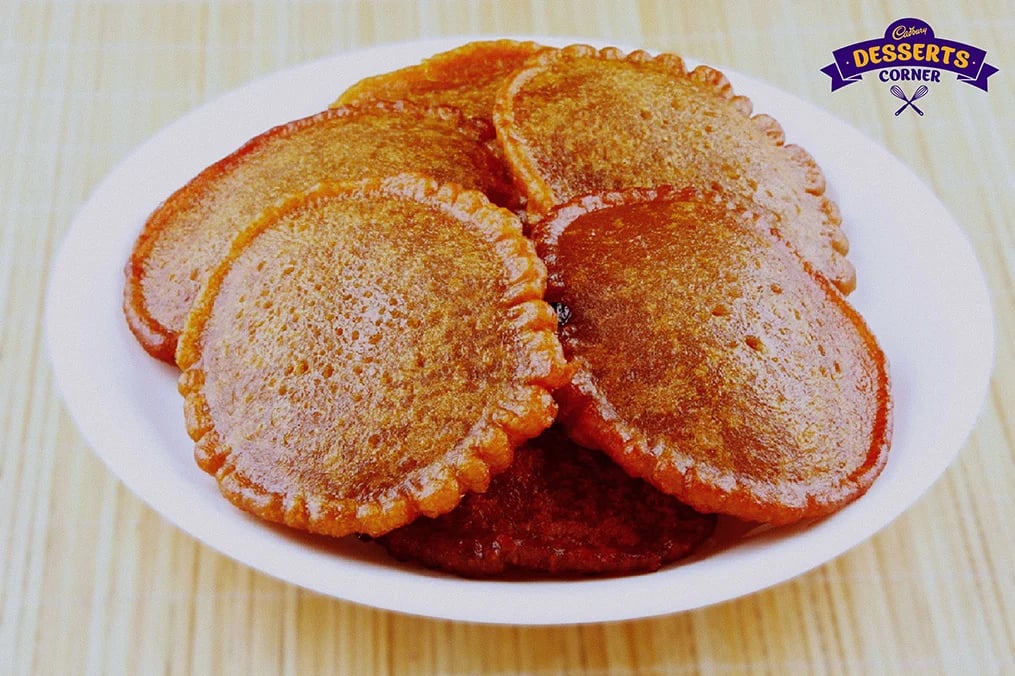Meghalaya’s desserts are a simple affair, and a beautiful oxymoron to their verdant valleys and rolling hills. Rice being the dominant crop of the region, the community of Meghalaya has perfected the art of making sweet sticky rice, to dried varieties that constitute their sweets.

Meghalaya’s desserts are a simple affair, and a beautiful oxymoron to their verdant valleys and rolling hills. Rice being the dominant crop of the region, the community of Meghalaya has perfected the art of making sweet sticky rice, to dried varieties that constitute their sweets.
Meghalaya is home to a vibrant and fierce community of tribals namely the Khasi, Garo, and Jaintiyas,alongside people of other faiths, so desserts are not an extravagant affair and make the most of local ingredients and simple ingenuity of the residents. Rice is a dominant crop in the region and many hills in the North East practice terrace farming where the mountains are often seen lush with green paddy dancing in the breeze. A bit of their sweets and you will be straight transported to the warmth and coziness of your home and love, just like Anton Ego was when he took a bite of Remy’s ratatouille.
1.Sakin Gata
One of the most popular vegetarian dishes in Meghalaya is Sakin Gata. To make this traditional rice cake, sticky rice is soaked in water overnight. This allows the grains to soften and become very sticky. The soaked rice is then mixed with palm sugar to sweeten it. In a special cooking pot, layers of the rice mixture are alternated with roasted sesame seeds between banana leaves. The pot is then placed over steam until the rice cake is cooked through. The end result is a sweet delicacy with a soft, sticky texture - highlighting the flavors of Meghalayan cuisine.
2.Pukhlein

Another beloved dish from Meghalaya is Pukhlein. It is made by first powdering rice to form a fine flour. This rice flour is then sweetened with palm sugar known as jaggery. The jaggery and rice mixture is fried together in a pan over medium heat, constantly stirring, to allow the ingredients to meld together into a deep, thick paste. As it cooks, the mixture takes on a beautiful golden brown color and develops a crispy texture. Pukhlein is best enjoyed as a welcome respite from the spicy flavors prevalent in Meghalayan cuisine. Its sweet savoriness pairs perfectly with a variety of meat dishes. Pukhlein is specially prepared during the Wangala Festival to celebrate the harvest.
3.Pusaw
Pusaw is a traditional Khasi snack made from a special red rice cultivated in the Khasi Hills. The most famous version of Pusaw originates from Mawranglang village. The rice is thoroughly cleaned, soaked for hours, and ground into a fine powder through multiple sifting steps. A paste is made by mixing the rice powder with warm water, soda, and a minimal amount of sugar. This paste is poured into a heated pot with oil and topped with charcoal to evenly cook it from all sides. Two types of Pusaw exist—plain and "Special." The special version incorporates local orange rind and egg, highlighting the flavors of the region known for its oranges. Pusaw from Mawranglang remains highly popular and in demand, with its taste distinguishing it from other versions. The community works to collectively preserve its authentic brand.
4.Shir Sewain
Shir Sewain is a traditional sweet dish that originates from the Khasi community of Meghalaya, that is made with milk or cream boiled with rice flour to form a thick, creamy paste, which is then sweetened with jaggery or sugar. Additional ingredients like coconut, sesame seeds, or popped rice are sometimes mixed in as well. Shir Sewain has a soft, fudgy texture once set, though consistency can vary between versions. Commonly served during festivals in Meghalaya such as the Nongkrem dance festival or Ka Shad Suk Mynsiem, Shir Sewain represents traditional Khasi cuisine and makes the best use of the locally grown rice varieties and jaggery.
5.Minil Songa
Minil Songa is a famous dish among the Garo tribe of Meghalaya but not as popular elsewhere. It involves boiling sticky rice (Minil), which has a nutty yet delicate flavor and texture, together with fresh bamboo shoots to infuse the nutty flavor. The rice takes on a soft, sticky texture from cooking in this way. Minil Songa is commonly enjoyed as a snack, with the bamboo adding nutritional value. Its traditional preparation highlights ingredients indigenous to the Garo community and is touted to relieve symptoms of constipation.
The indigenous sweet dishes of Meghalaya hold cultural significance for many communities. Among these is Pusaw from Mawranglang village, an important livelihood for over 70% of households. To preserve their unique brand and continue their livelihood tradition for future generations, the Mawranglang community has formed a cooperative society to collectively address marketing challenges and access resources.
Like This Article?
More Like This




Popular Articles





Trending Web Stories
Curated Recipes


















